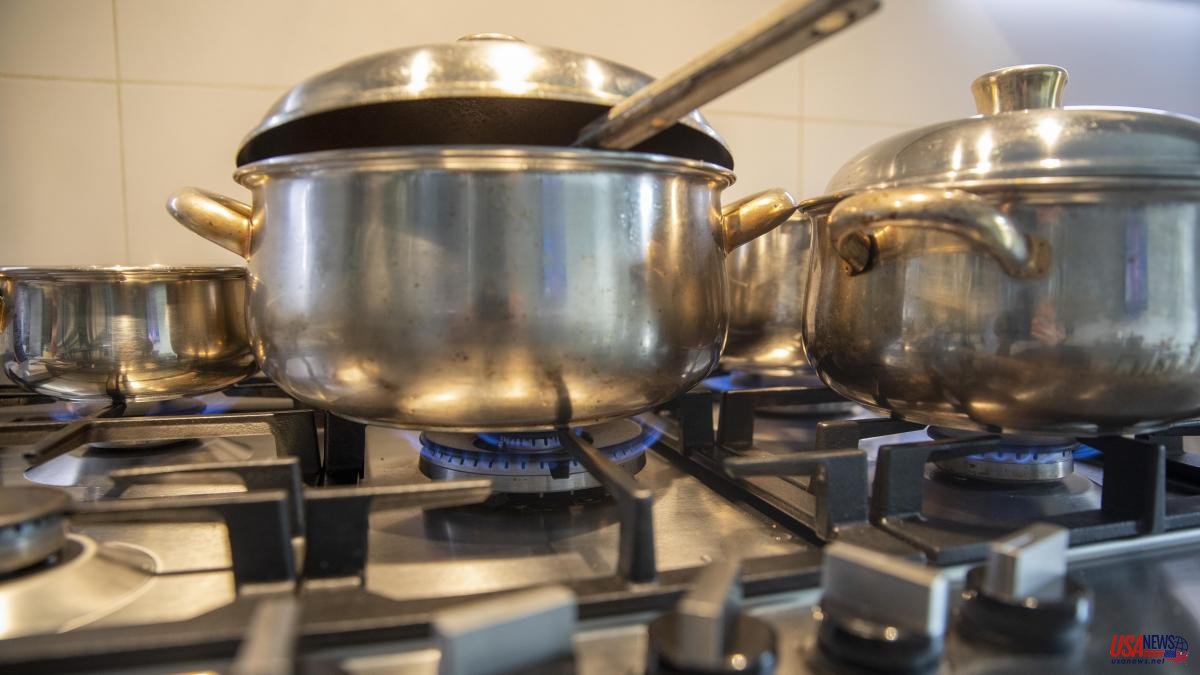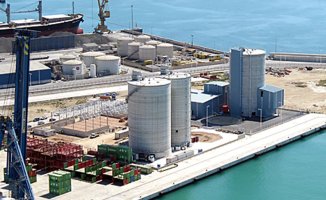The escalation of gas prices in international markets have been punishing Spanish consumers for months. The arrival of winter with references still soaring raises the fear that receipts will skyrocket in the cold.
What can the client do on this front? The regulated gas rate, the TUR, similar to the PVPC of the electricity market, wins integers as an alternative. Even the marketer Holaluz has left the gas business and has transferred its 70,000 customers to this market to avoid uncontrolled bills "because right now it is the best thing for them," it was argued. The best refuge, they warned from the company.
But... Is that rate so profitable? Can everyone access? Let's go by parts.
TUR are the initials for Tariff of Last Resort, a name that identifies the gas tariff whose prices are officially regulated and published in the Official State Gazette. It has been in operation since 2008 and its objective is to protect small consumers from price fluctuations in wholesale markets.
The change is free and can be made within a maximum period of ten days at most after contacting the only four authorized companies. They are subsidiaries of the large energy companies and are the following:
To do so, the procedure can be completed through the portals and telephone numbers of Baser Cor (from this link), Energía XXI (from this link), Curenergía (from this link) and Gas
In general, all consumers with a contracted power of less than 50,000 kilowatts (KW) per year can have access to the regulated tariff.
The amount of the TUR is linked to the volume of consumption. Therefore, there are three different rates.
The amount is set by the Government every three months and is reflected in the Official State Gazette on the first day of January, April, July and October. The one in force from October 2022 to the end of December 2022 is as follows:
First you have to contact one of the reference marketers. Then, offer them information that identifies the interested client: full name, DNI, telephone number and the address of the property in which they want to register.
For the collection, a bank account must be communicated to the company where the receipts and the CUPs Code, which is something like the IBAN of the supply contract, must be communicated. Corresponds to the initials of the Universal Supply Point Code. It is specified in the gas bill, it begins with ES and is followed by between 20 and 22 characters, which identify the access points to the Spanish electricity network.
Since September 2021, the Government has been trying to cushion the impact of the increase in gas prices in the wholesale market on consumers' final bills. Between September 2021 and June 2022 it was frozen, as of that day the increase that can be applied to the final invoices has been hit, which is a maximum of 15% in each quarterly review.
Consumer organizations such as Facua detected last August differences of up to 291% between the rates offered by the most expensive operators in the market such as Repsol or Iberdrola and the TUR. The National Markets and Competition Commission (CNMC) itself has warned consumers that the TUR is the cheapest rate on the market, up to 50% below those offered on the free market.
The question is logical, but who knows what the TUR is? Ignorance and aggressive marketing campaigns with specific offers are behind this situation.
Despite the escalation in gas prices, only 1 in 4 consumers has contracted it.
At the moment, the rise in TUR prices is capped by the Government, generating a deficit that the system accumulates and that the consumers themselves must pay after the end of the extraordinary measures. But that debt is not nominal. In other words, it will be paid by the group of consumers who have gas services when the measures end.
If someone who contracts a TUR rate now changes their gas heating for an electric one before the measure ceases to be in force, they will have achieved significant savings without having to pay for it later. In the same way, those who remain with the gas supply must assume the total subsidy, that is, pay the one received by those who left the system.













